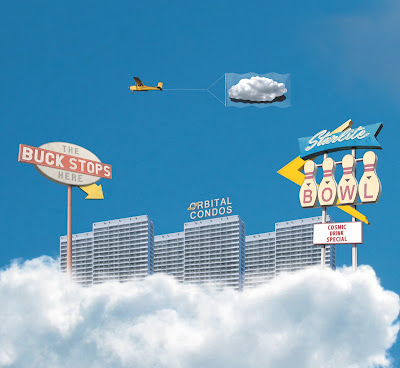My name is Hilde Lambrechts. I am a Canadian
ceramic artist since 2012. I see art as a form of communication. Naturally, my
artistic expression changes with the nature of that conversation.
My life as a professional artist started in my
40s with life drawing. For a couple of years I was completely fascinated by the
body language and expression of the human figure in art and I was very eager to
learn how to get that on paper.
I was also struck with the confidence of the
live nude models posing for me, and the fact that they had accepted and loved
the bodies they had, no matter how they looked: fat or slim, young or old, short
or tall, scarred or intact, abled or disabled.
Through observation and drawing from life I
experienced how beautiful any physique can be and I learned to accept what I
saw as shortcomings in my own physique. More importantly, I learned to accept
my own vulnerability, which boosted my self-esteem to somewhat normal levels
and helped me conquer depression. My drawings remain therapeutic to this day;
I make them when I need to have a conversation with myself to put things in
perspective.
Drawing does not come naturally to me, but
when I work in clay I feel truly blessed. Clay is the medium that makes me feel
alive and loose. I started working with it in my 50s and from the very first
moment I touched clay it was game over for drawing.
I don’t like to make functional ceramics due
to a strong dislike of time spent in the kitchen, although I do like to eat
well. I do not like to think about the relationship between food and the ware
it is served on. Making tiles for a fireplace is as functional as I go. I love
the design aspect of it, I love playing with colours and I like to incorporate
my craft into my home. And, I am thinking about making tiles like these commercially
as one does have to make a living.
It seems that I really like mosaics! This
piece is called The Bark Archive. The
tiles are 10.5” x 10.5” and vary in thickness, so the installation is quite
large. It comprises 100 different tree barks from all over the world, sculpted
in clay. As a former biologist, I felt it necessary for each to be identified
with their English and Latin name; I wanted to stress that these species really
exist.
The concept of archiving them in stoneware
arose from my concern about climate change and the possible annihilation of a
lot of the featured species due to deforestation. All this wealth might no
longer be available for future generations to enjoy and learn from. I feel this
piece is an example of a beautiful sadness I tend to be drawn towards.
Because I focus on larger installations as
opposed to individual pieces, it takes a lot of time to complete the story I
want to tell using ceramics. This photo is a small part of ‘Damaged Goods’, a work in progress, but
near completion. It is based on the current global refugee crisis told through
shards of pottery, made from wheel turned pots that I cut up when the clay is leather
dry.
Refugees are damaged by the experiences
they had in their countries of origin. I saw a parallel between boat refugees
rescued from the sea, and centuries old shipwreck ceramics brought to the
surface. Damaged goods, damaged people; they are beautiful too and deserve to
find a new life.
This is a series I just started - ‘Wall of Grief’ is the working title. There
might be a section for tears of joy too. I don’t know about you, but I am so
alarmed by the daily news nowadays. Terrorist attacks everywhere, hunger,
natural disasters, one large economy withdrawing from the Paris Accord on
climate change. Where to stop?
On a brighter note, there is ‘Populace’, a project of the Ottawa Guild
of Potters to celebrate Canada’s sesquicentennial. It is a large outdoor
ceramic garden at the Canadian Museum of Nature in Ottawa. With 3000 roses,
3000 fleurs de lys and 3000 feathers, mounted on planted steel rods, this
installation recognizes the three main populations that were in Ottawa 150
years ago, that being the English, the French and the Indigenous peoples.
Populace is financed through
grants from the City of Ottawa and the Province of Ontario, as well as through
private sponsorships. It is made by the many hands of today’s populace, guided by
three project directors, Kirstin Davidson, Kim Lulashnyk, and myself.
As the designer of the project, I have made
around 1,600 pieces myself including the 150 numbered gold-rimmed special
edition roses, fleurs de lys and feathers to make this remarkable day extra
festive.
Every country has some dark pages in their
history books, but Canadians now are proud to be striving for peace, harmony and
tolerance, hence the colour white is the key to the maintenance of our cultural mosaic.
When I walk through the Populace garden, which opened on June 17, 2017, I reflect on my role as a
recent Canadian and think of those who stood at the foundation of this country I
live in so happily.
This
is Week 25 of 52
Artists in 52 Weeks. Thank you for reading and sharing Hilde’s story today.
To connect with Hilde and see more of her work, please visit the following
links:
Websites:
Email:
Hilde@H-art.ca






















